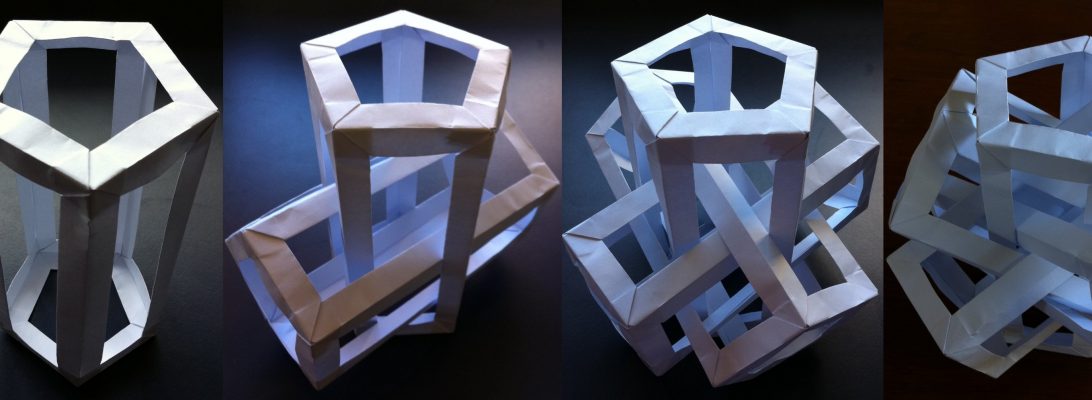A group of mates has, periodically over the last few decades, gotten together in a smoke-filled room to play a board game. Not any old game, but “Dogfight” – a dice-based, card controlled WW1 battle of the airspace over Europe.
Although most of the players were well passed their fifties, we squabbled like little kids, goaded each other fearlessly, preened and peacocked at our prowess and got nit-picky about the many nuances of rule variations hard won.

It was honestly some of the best fun to be had, and the chaps were good sports, one and all. In January, one of our quartet passed away. “Dr Winston O’Boogie” (Michael) flew off into the sunset for the last time to great fanfare.

We have met since, dragging a young buck into the fold, and played until Michael’s house (the home of our epic aerial battles) was finally sold.
Tonight is our last hurrah!

I have struggled to find a suitable way to celebrate such a wonderful partnership, but turned to Origami, as is my want. I wanted to fold BIPLANES for the original pilots, and a smaller plane for the new recruit, and have really struggled with these models. The Biplanes are designed by Marc Kirschenbaum. I wanted to fold them smaller but failed many times, only being able to manage them from 60cm squares (and not very tidily sadly) – red, naturally in honour of Von Richtoffen (or Snoopy, take your pick).
The smaller plane is “Avioneta” designed by Eduardo Clemente – a charming little fokker.
I hope the guys like them. I remain forever grateful for the opportunity to act like little kids when surrounded by the wonder and majesty of imagination, fun and friendship. Chocks away Chuck, fly true one and all.















